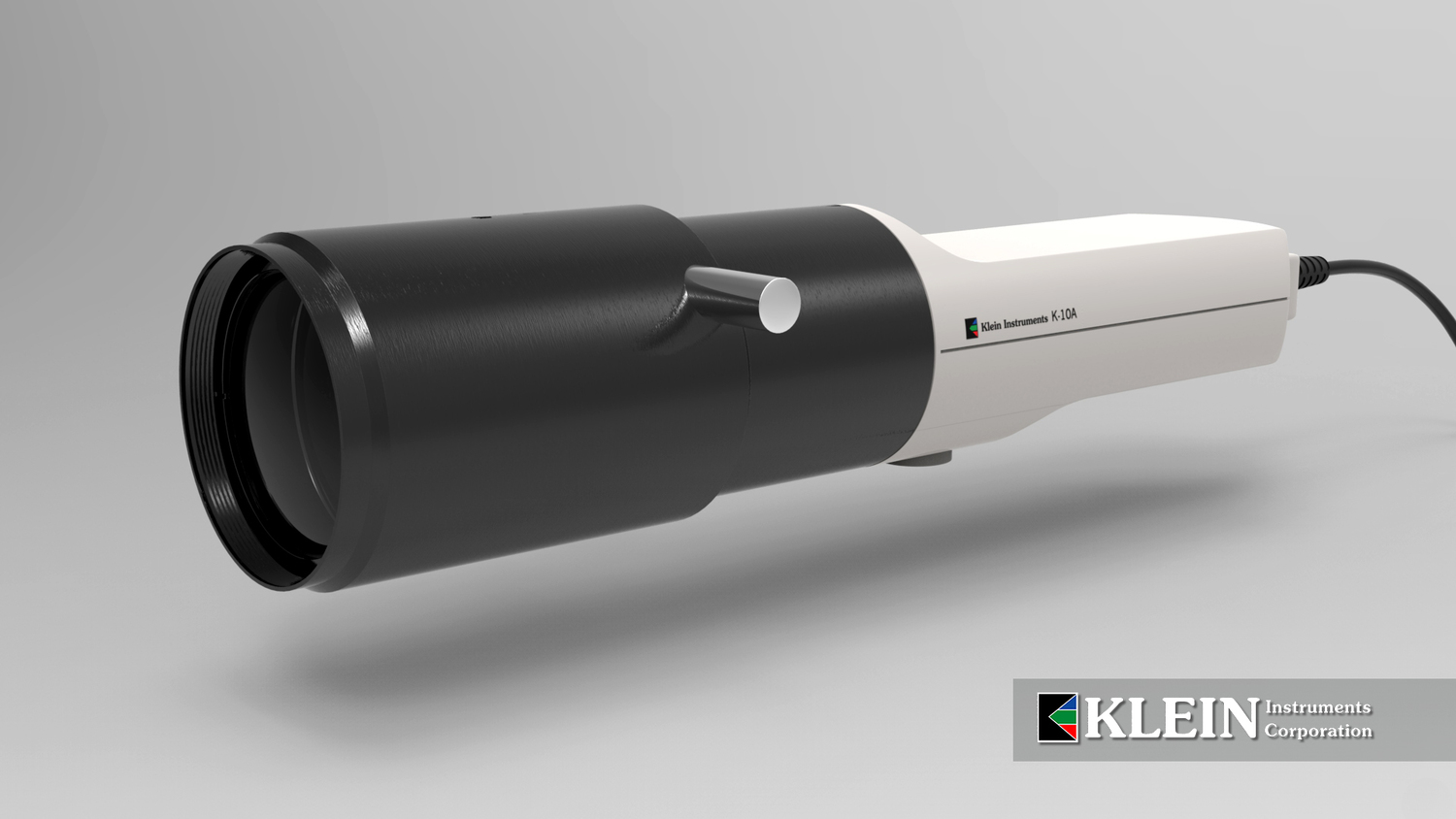
Quality Display Calibration for a Better Viewing Experience
Custom Calibrations comes to your house with complete equipment and a computer. We attach things to get measurements and adjust the TV to make things better. This is done for each input before we store the settings on your TV.
How It’s Done


The process involves a trained calibration expert, specialized equipment (test pattern generator and colorimeter), and a laptop with the software to read and analyze the results. We use the test patterns to produce black and white and color images on the screen, then adjust the TV according to the results obtained from the sensors. The adjustments include black level, white level, sharpness, color, tint, and hue.
We also fine-tune the gray level from dark to bright by trimming the individual red, green, and blue bias and gain levels to closely match the reference (D65 level of the CIE curve).
A complete calibration takes two to three hours, which includes one or two inputs. It is usually a component and HDMI, but it could also include the RF (CH3) input.
WHERE:
The service is done in your home or place of business, and the TV may or may not be moved at all. We’ll connect our equipment to your TV with some cables.
WHEN:
Your TV can be calibrated according to your schedule when it’s most convenient.
WHO:
Only a trained and certified calibration specialist should perform the calibration process.
Equipment Used
Optimizing Your TV’s Display
Modern TVs are capable of displaying near-perfect images. High resolution, digital reception, and modern display technology make this possible. Unfortunately, in many homes, the factory settings of your TV leave much to be desired. TVs are made on assembly lines, using circuit boards from many different manufacturers that contain thousands of parts that are not military-grade (1%) and instead use run-of-the-mill parts. When delivered to your house, the installer might not have the time nor knowledge to adjust and optimize the device to your home environment.
Some might expect that a new TV has been programmed to give great results. However, that is not the case. The TV you bought was made to look good in a well-lit retail store. Its performance in a
home environment can be vastly different, as the factory settings (like dynamic or standard) might be incorrect.
Movie directors tell their part of the story with color and light. When a display is not close to what the director intended you are not getting the full experience of the film. You are likely not to get the mood or time of day with a scene, which is typically told with color. Also, sporting events will look better on a calibrated display. Proper calibration requires instrumentation and expertise to measure color and light output as well as dialing in the color, tint, sharpness, gray scale, and detail. Without a professional calibration, it is impossible to have an accurate display.
